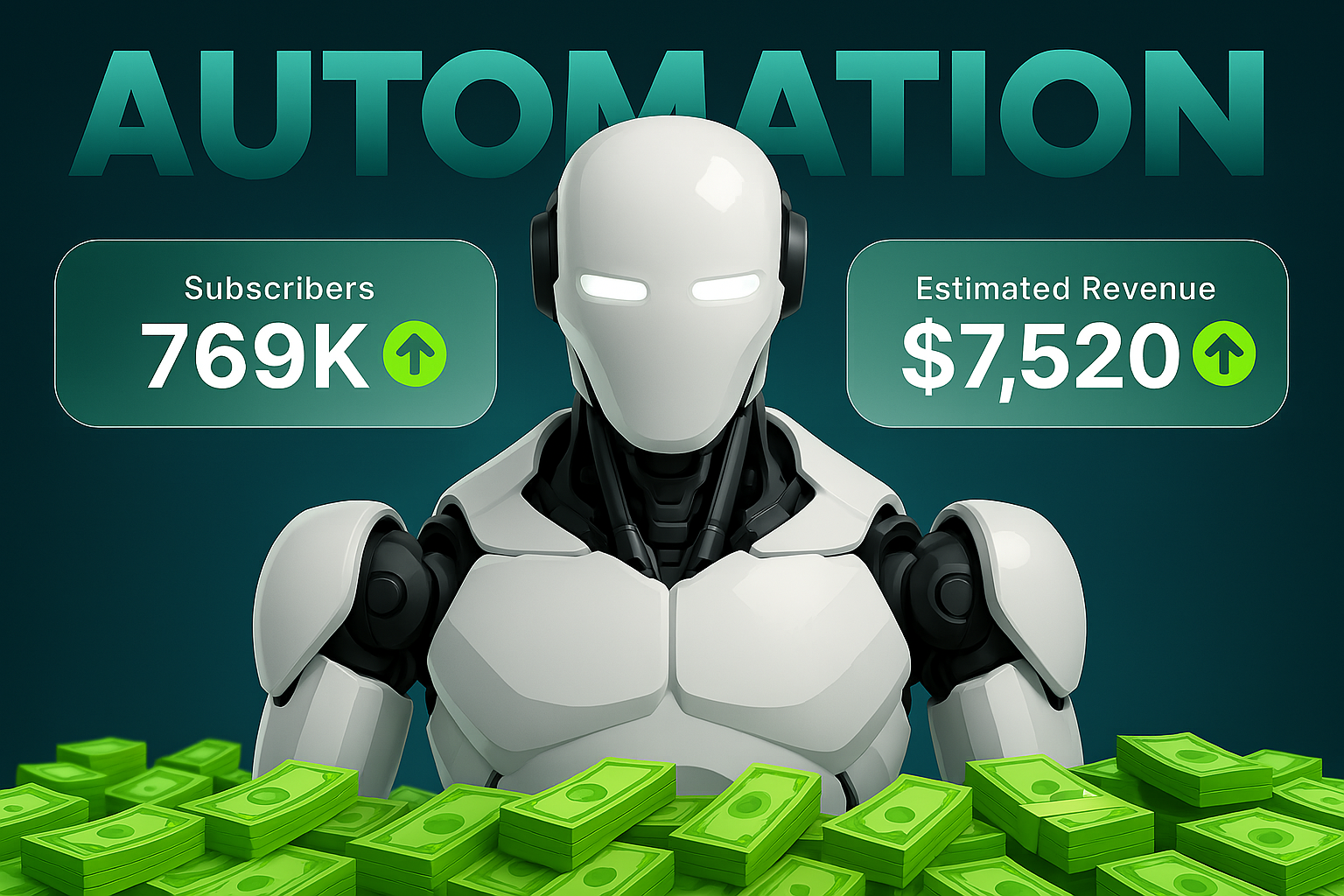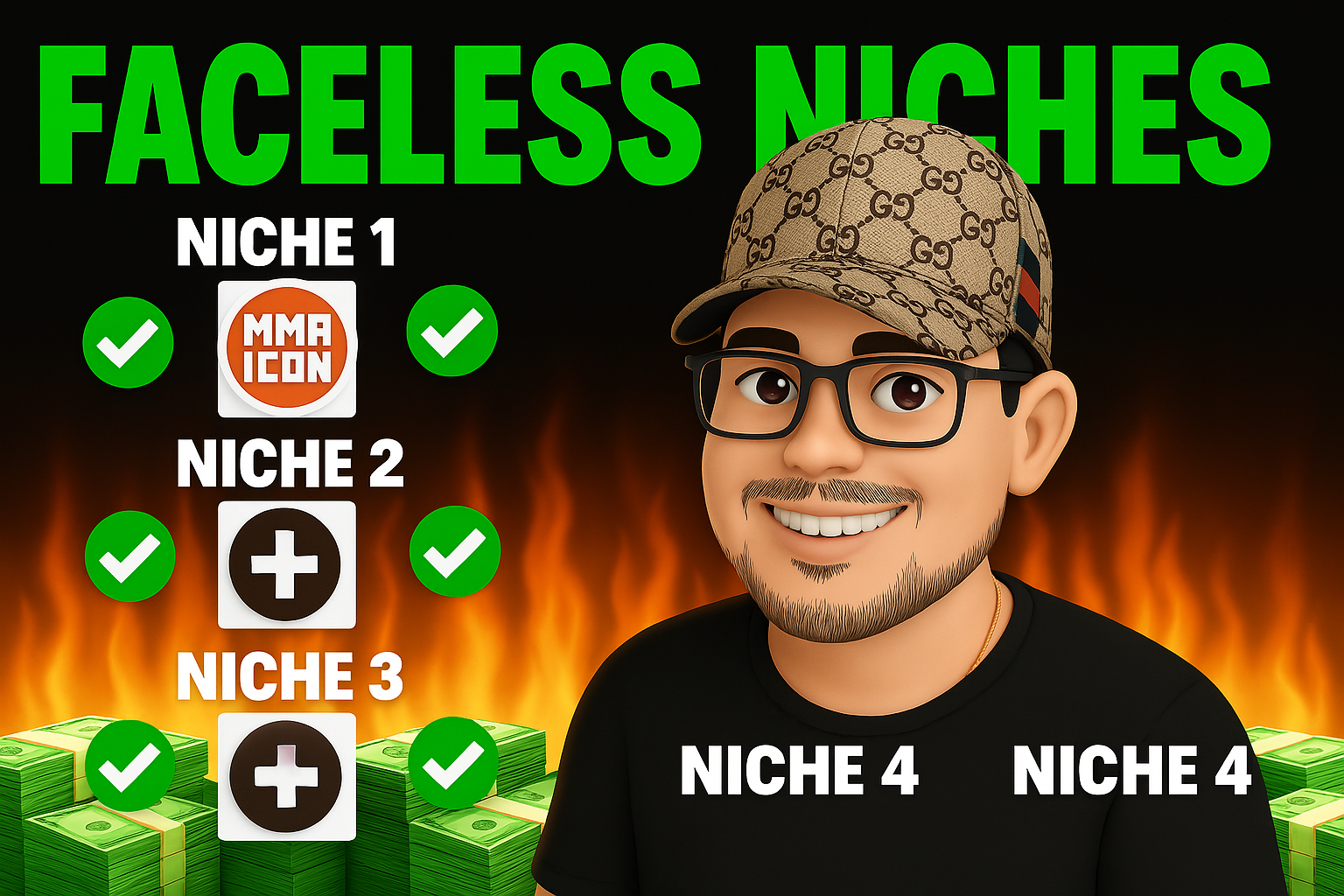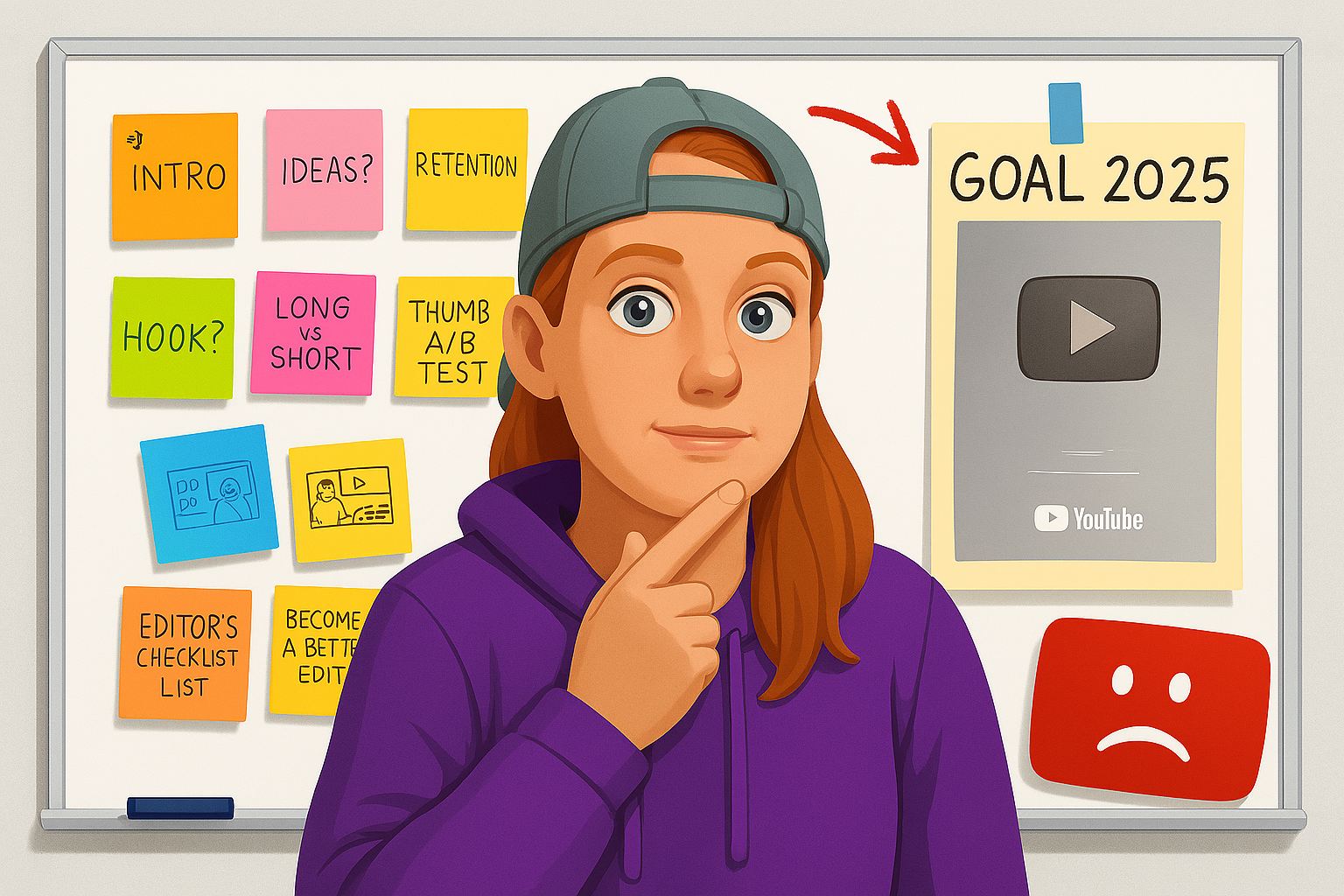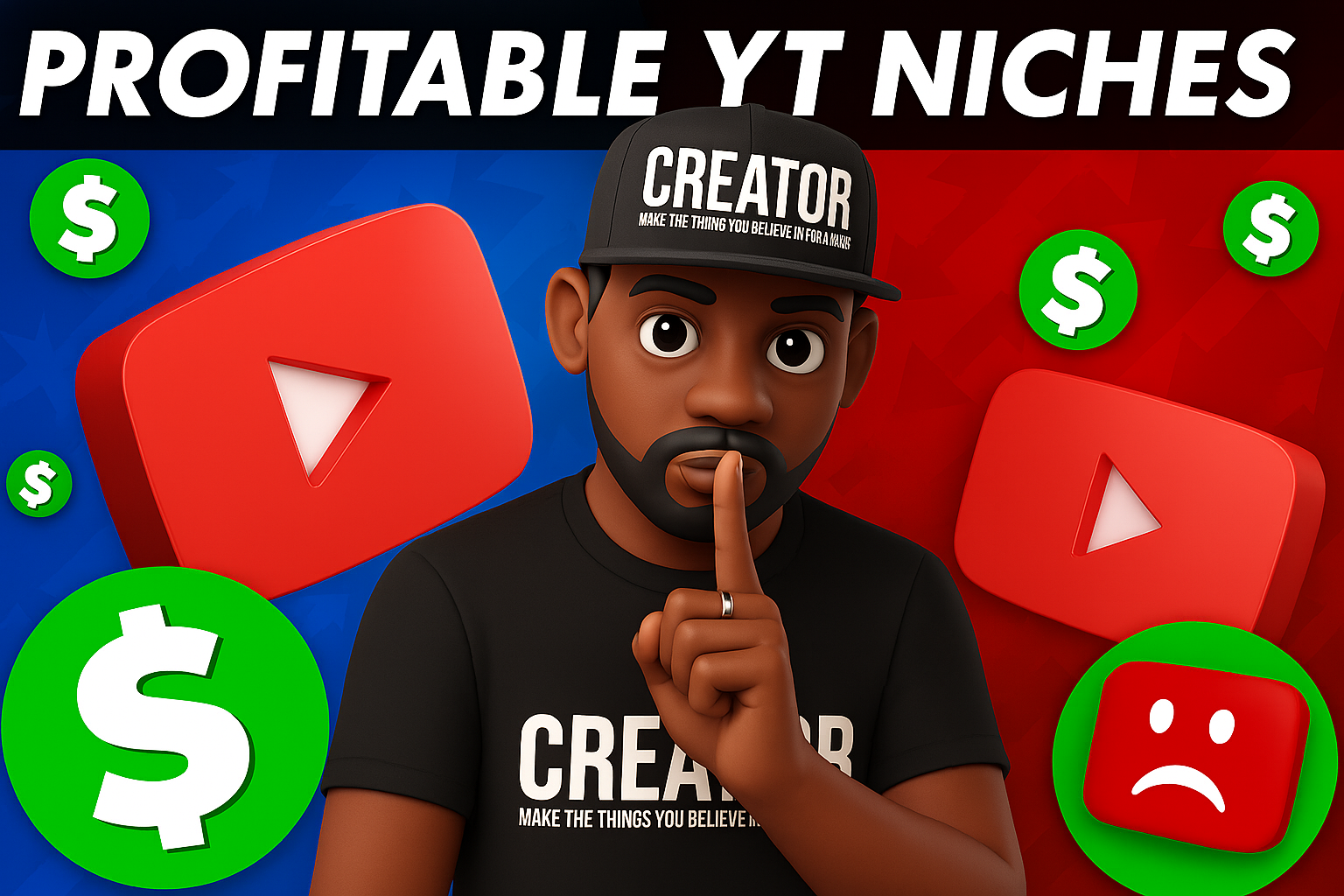I’ll never forget my first attempt at automating a YouTube channel. My living room was a mess, my coffee was cold, and my voiceover sounded like a robot reading tax law. That’s when I thought, 'Surely, there’s a better way?' So I challenged myself to test-drive 10 of the most-talked-about AI tools that promise to make YouTube video creation almost hands-free. Spoiler: not all delivered as advertised. Here’s a peek into my very human, sometimes chaotic, journey into the world of AI video generators, script writers, and digital avatars.
Scriptwriting Snafus and Surprises: My ChatGPT Adventures
When I first dipped my toes into the world of AI script writing for YouTube, ChatGPT was my obvious starting point. It’s everywhere in the creator community, and for good reason: you can generate a video script in minutes, sometimes with results that are surprisingly on point. Other times, though, things get a little… weird.
I started by testing ChatGPT’s ability to write original video scripts from scratch. Sometimes, it struck gold—delivering a snappy intro or a clever call-to-action that sounded like something I’d actually say. But other times? Let’s just say my request for a “dynamic opening” led to a script that read more like a blockbuster movie trailer than a simple chicken recipe video. “In a world where dinner is never boring…” Not exactly what I had in mind for my food channel.
That’s the thing about AI video generators like ChatGPT: they’re only as good as the prompts you feed them. I quickly learned that vague instructions (“Make this exciting!”) could send the script in wild directions. One memorable moment—while writing a travel vlog, I ended up with a script that took an unexpected sci-fi detour, complete with alien encounters and futuristic gadgets. Entertaining? Absolutely. Useful? Not so much.
This trial-and-error process taught me a lot about the learning curve involved in video script writing with AI. The more detail I included in my prompts—tone, target audience, video length, even specific phrases I wanted to include—the better the results. It’s a bit like training a new team member: the clearer your instructions, the closer you get to what you want. If you’re looking to automate your YouTube content, investing time in crafting thoughtful prompts is essential.
Research shows that integrating AI tools like ChatGPT or GPT-4 into your workflow can streamline the entire content creation process, from brainstorming ideas to polishing the final script. As one industry expert put it:
“The integration of AI in video script writing, such as using ChatGPT or GPT-4, streamlines the content creation process from ideation to final video production.”
I’ve noticed that many YouTube creators now rely on AI video generators not just for script writing, but as a core part of their YouTube content automation strategy. Tools like ChatGPT, and Tubepilot are best paired with personalized instructions and a willingness to experiment. You might get a perfect script on the first try—or you might get a grocery list disguised as a video intro. Either way, the process is faster and often more fun than staring at a blank page.
In the end, the unpredictability is part of the adventure. Whether you’re aiming for a polished explainer or just want to see what happens when AI gets creative, ChatGPT is a powerful ally in the evolving landscape of AI script writing for YouTube.

Cut, Paste, and Hope for the Best: My AI Video Editing Trials
When I first dove into the world of AI video editing tools, I honestly didn’t expect the process to feel so… hands-off. My YouTube workflow used to be a marathon of manual trimming, audio tweaks, and endless replays. But with platforms like Pictory, Capcut, and InVideo, editing suddenly became less about wrestling with timelines and more about letting AI-powered editing features do the heavy lifting.
Let’s start with the basics. These AI video tools now come packed with built-in editing features—think AI-powered noise reduction, automatic clip selection, and background noise removal. With Pictory and Capcut, I could upload a raw video, paste in a script, and watch as the software automatically trimmed awkward pauses and stitched together the best takes. It’s almost unsettling how quickly these AI video generators can transform a rough cut into something YouTube-ready.
Of course, the efficiency comes with quirks. I’ll never forget the time Capcut’s automatic clip finder decided my cat’s cameo was more important than my own face. Suddenly, the “star” of my video was a whiskered blur darting across the screen. It’s a reminder that while AI video editing features are evolving rapidly, they’re not immune to the occasional odd decision.
One of the most impressive features I tested was background noise removal. In theory, it’s a lifesaver—especially if you’re recording in a less-than-ideal environment. But after running my audio through an AI-powered editing pass, I found that my passionate rant about YouTube algorithms ended up sounding like it was recorded in a wind tunnel. The AI had stripped out not just the hum of my laptop fan, but some of the warmth in my voice, too. Still, for most creators, the trade-off between pristine audio and a little digital weirdness is probably worth it.
Pricing is another reality check. While many AI video tools offer free trials, most free plans limit video length or slap on a watermark. If you’re serious about YouTube automation, you’ll likely need to invest in a paid plan. Research shows that paid AI editing tools range from $18 to $70 per month, depending on usage and features. For that price, you get advanced AI video editing features like longer export times, higher resolution, and more robust automation.
I found that Pictory, Capcut, and InVideo are practical choices for creators who want to streamline their workflow. Each offers a slightly different flavor of AI-powered editing. Pictory excels at text-to-video conversion, Capcut is fast and intuitive, and InVideo is great for turning scripts into polished videos. Across the board, these tools handle the basics—trimming, noise removal, and clip selection—automatically.
‘AI video editing features include automatic removal of awkward pauses, audio quality improvement, and trimming, enhancing video production efficiency.’
If you’re looking to automate your YouTube channel, these AI video tools are worth a try. Just be prepared for the occasional surprise—like your cat stealing the spotlight.
Talk Like a Human (Sort Of): Voice Generator Misfires & Wins
When I first started automating my YouTube workflow, I was honestly skeptical about how far AI voice generators had come. Could these tools really make my videos sound like they were narrated by a real person? Or would they leave my channel sounding like a GPS on a caffeine rush? I decided to put some of the most popular AI voices to the test, including ElevenLabs, Colossyan, and a few others baked into generative AI video tools like Synthesia and HeyGen.
Let me tell you, the results were all over the map. Some AI voices—especially from ElevenLabs—were so realistic that I had to double-check if I’d accidentally recorded my own voice. Others, though, sounded like they were reading a ransom note at gunpoint. The difference in quality was striking, and it made me realize just how much the choice of AI voice generator can impact your content’s accessibility and personality.
I didn’t stop at English. With the promise that ElevenLabs supports over 140 languages and accents, I gave multi-language narration a whirl. My Spanish weather report? Let’s just say it had the dramatic flair of a telenovela villain. Entertaining, yes. Accurate? Debatable. Still, the sheer range of voices and languages available is impressive, and it opens up opportunities for creators to reach global audiences without hiring a team of voice actors.
But here’s the thing: AI voices aren’t always consistent. Sometimes, the tone is spot-on—warm, engaging, and perfectly matched to the script. Other times, it’s like Siri on roller skates: a little too fast, a little too flat, and occasionally veering off into uncanny valley territory. I found that tweaking the settings and experimenting with different voices was key to getting the best results. Some platforms, like Colossyan, even let you adjust the emotion or pacing, which can help, but it’s not a magic fix.
For anyone running a faceless YouTube channel or using AI avatars, these voice generators are a game-changer. They make it possible to produce dynamic, professional-sounding narration without ever stepping in front of a microphone. As research shows, “AI voice generators such as ElevenLabs and Colossyan provide a wide range of realistic AI voices supporting multiple languages for video narration.” This is especially useful if you want to scale your content or experiment with different video styles.
Still, there are trade-offs. The best AI voices can enhance your brand and make your videos more accessible, but a robotic or mismatched tone can turn viewers away fast. I’ve learned that the right voice generator doesn’t just save time—it shapes the entire vibe of your channel. So, while generative AI video tools are getting better every year, it pays to test, tweak, and sometimes laugh at the occasional misfire. Because, in the end, sounding “almost human” is sometimes more memorable than perfect.
Creating Avatars (and Maybe Monsters): When Digital Faces Take Over

If you’d told me a year ago that I’d spend hours tweaking the digital smile of a virtual version of myself, I probably would have laughed. But here we are—thanks to the rise of AI avatars, I’ve found myself deep in the uncanny valley, experimenting with tools like Synthesia and HeyGen to create personalized avatars for videos. These AI video creation tools are changing the way YouTube creators like me approach content, especially when it comes to automating production and reaching global audiences.
Let’s start with the basics: Synthesia is a leading AI video generator that lets you build professional videos using AI avatars. The platform supports over 140 languages and accents, making it a powerhouse for anyone looking to create multilingual content. As their own description puts it:
"Synthesia is a leading AI video generator offering professional videos with AI avatars, supporting over 140 languages and accents, and priced from $18/month for paid plans."
The first time I tried Synthesia, I was genuinely impressed—my digital presenter looked almost human. Almost. There’s a fine line between lifelike and, well, a little bit creepy. My initial avatar had a smile that could haunt dreams. It took some trial and error (and a lot of slider adjustments) to get the facial expressions right. The customization options are deep, but if you’re not careful, you might end up with a digital doppelgänger that’s more monster than mentor.
This isn’t just a Synthesia thing. HeyGen also lets you create AI avatars for videos, and the results can be equally impressive—or uncanny. Both platforms offer a range of templates and presenter styles, but the real magic (and challenge) is in the details. Adjusting eye movement, mouth shapes, and even subtle head tilts can make the difference between a relatable digital host and a robot with a thousand-yard stare.
For creators who are camera-shy or want to produce content in multiple languages, these personalized avatars for videos are a game-changer. I’ve used them for explainer videos, training content, and even news-style segments. The ability to generate a video in English, then swap to Spanish or Mandarin with the same avatar, is nothing short of revolutionary. Research shows that this flexibility is opening doors for creators worldwide, allowing them to scale their channels without ever stepping in front of a camera.
But here’s the catch: perfecting your avatar can take longer than editing the video itself. I’ve spent entire afternoons fine-tuning eyebrow arches and lip sync. The technology is improving rapidly—facial realism and natural movement are better than ever—but it’s not foolproof. Sometimes, the “robot stare” sneaks in, reminding me that we’re still in the early days of digital presenters.
Still, with Synthesia AI video generator plans starting at $18/month and offering 140+ language/voice options, the value is clear. For anyone looking to automate YouTube videos or expand their reach, AI avatars are no longer just a novelty—they’re quickly becoming an essential part of the creator toolkit.
From Text to Visuals: When Image & Video Creation Get Weirdly Fun
If you’d told me a year ago that I’d be using an AI image creation tool to turn my dullest vlog into something that looks like a comic-book fever dream, I’d have laughed. But here I am, experimenting with Ideogram, Leonardo AI, and Midjourney—and honestly, the results are both jaw-dropping and, at times, downright bizarre. The line between “wow, that’s creative” and “wait, what did I just make?” gets pretty thin when you let generative AI video tools loose on your content.
Let’s start with the basics. Ideogram and Leonardo AI are my go-to platforms for high-quality image and video creation. They’re not just about making pretty pictures; they’re about transforming your ideas into visuals that pop. Midjourney, on the other hand, takes things a step further, letting you convert those images into short, animated clips. It sounds simple, but the creative possibilities are almost endless—and sometimes, a little unpredictable.
Here’s what surprised me the most: using a text-to-video tool can turn a standard talking-head video into something that feels like a graphic novel. I once fed a bland script into Midjourney and, almost by accident, ended up with a sequence that looked like it belonged in a superhero movie. The movement wasn’t always perfect—sometimes the transitions were a bit off, or a hand would morph into something unrecognizable—but the artistry was undeniable. Even when the AI gets it “wrong,” it often gets it interesting.
Research shows that generative AI video platforms like Runway and HeyGen are pushing the envelope even further. As one industry source puts it,
“Generative AI video platforms like Runway and HeyGen offer advanced features including stylized videos, mixed-media content, and personalized avatars for enhanced video creation.”
These tools are making it easier than ever to brand your YouTube channel with unique, eye-catching visuals. The automation doesn’t just save time—it opens up creative doors you might not have considered before.
But here’s the catch: it’s easy to go overboard. The temptation to throw every AI-generated effect into your videos is real, especially when you see how quickly you can produce something that looks professional (or at least, attention-grabbing). Still, I’ve learned that a little restraint goes a long way. Too many wild visuals can confuse your audience or distract from your message. The sweet spot is using these AI video creation tools to enhance your content, not overshadow it.
In the end, tools like Ideogram AI, Leonardo AI, and Midjourney are making creative YouTube branding more accessible than ever. Whether you want to automate your workflow or just add a splash of artistry, these platforms are changing the game. The future of content creation is here—and sometimes, it’s weirdly fun.



